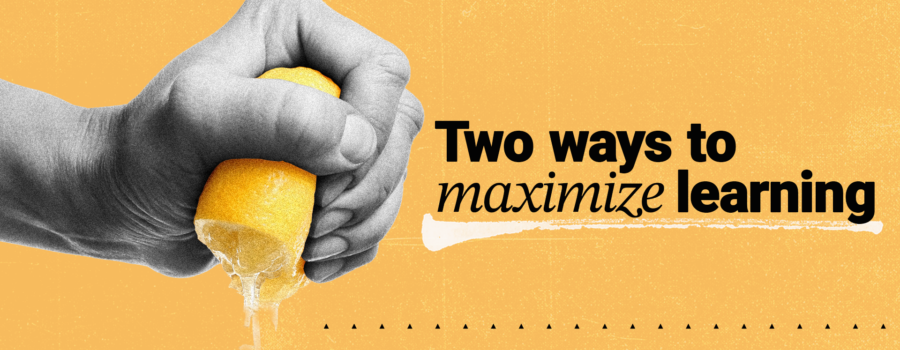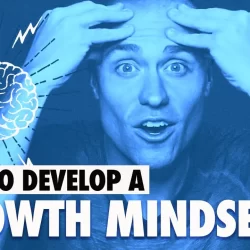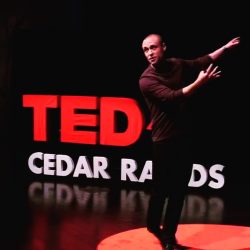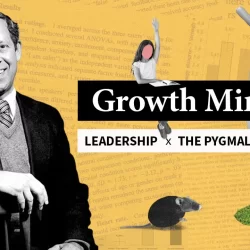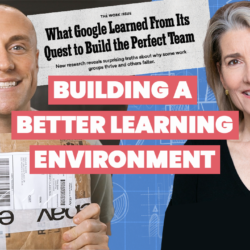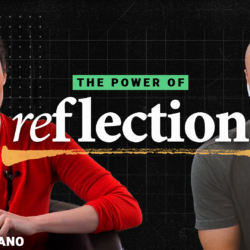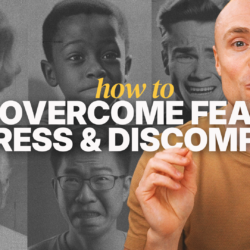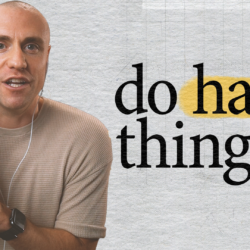Spring training 2023. Tampa, FL.
I’m watching five players doing the most boring drill in baseball. The coach is hitting them grounders, they’re fielding and throwing to first base.
Normally, during a drill like this, I’d immediately start swiping on my phone.
But this time I couldn’t stop watching.
One of the players was visibly more locked in than the other four. He was practicing at game speed and you could see him processing, reflecting, thinking while he waited in line. The other players were more in auto-pilot – going through the motions and zoning out when it wasn’t their turn. I know nothing about baseball, but he was clearly getting more value from the drill than everyone else combined.
Five people doing the same thing, but one was in learner mode and the others were not. The best news is that by understanding two simple ideas, you and I can steal from this approach and grow more from our experiences.
This works beyond baseball.
Two people can attend the same talk, class, practice, meeting and get wildly different things out of it.
The key difference lies in using two impactful tools: intention and reflection. These tools are free, time efficient, and relatively easy to adopt. But they’re more important to learning than you think.
1. Setting Intentions
Before any experience – a drill, a class, a meeting – ask, “What do I want to learn?” or “What skill am I focused on building?” This question sets a mental filter, making relevant information stand out. It’s like programming your brain to notice and absorb what matters most.
The USA Women’s National Volleyball Team uses this strategy during their training camps. They call it “Declaration Day.” Every two weeks, every coach and every player goes up to a whiteboard in their facility and writes down the skill they’re going to be intentional about building for those two weeks.
They still do the same practice they had planned, with the same drills, same exercises, same effort, etc…But by putting intentions in writing, identifying and committing to a specific aim, everyone is more engaged in and extracting more value from the session.
2. Reflection
Post-experience reflection turns fleeting thoughts into lasting lessons. This isn’t just passive thinking – it’s active processing “What did I learn? How can this apply in the future? Why did that happen?”
Research shows that just a few minutes reflecting at the end of the day can have a huge impact on both learning and performance.
In one experiment, first year employees at a large corporation were divided into two groups and put through a six-week training program.
One group took part in the normal training program. A second group did exactly the same, but at the end of each day they spent 15 min reflecting on what they learned that day.
At the end of the training program the company gives all of the employees an assessment. The traditional training group scores 54%. The reflection group scores 72%.
The reflection group also outperforms the other during their first month on the job.
A fantastic return on a small investment of time.
PS – we interviewed the person who did this experiment and made a whole podcast on the topic if you’re interested.
Intention x Reflection = More Learning
Let’s go back to Tampa. It turns out, the player we mentioned carried a small notebook with him. Glued in the pages were simple prompts to help him set his intentions for the day and reflect on what he learned afterward. And this is why he was approaching the drill more effectively than the others.
Not only is this approach more effective, it’s also more efficient. Intentions focus our learning. Reflections embed it. Together, they ensure that we’re not just going through the motions but actively squeezing more value out of every experience.
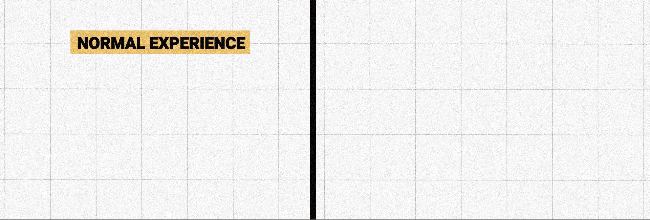
The best news: setting intentions and spending time reflecting are straightforward, cost nothing, and don’t take too much time, yet their impact on our learning is substantial.
We often overcomplicate learning. We look for the new book, new drill, new class that can help us get better – which is fine, sometimes even necessary. Other times we oversimplify: we think the answer is to just do the thing more – to get more reps.
Intention and reflection work together to provide a third, and usually better, option: What if we just get more out of the things we’re already doing?
These strategies help us transform any experience into a learning experience, without adding more to our plate.
